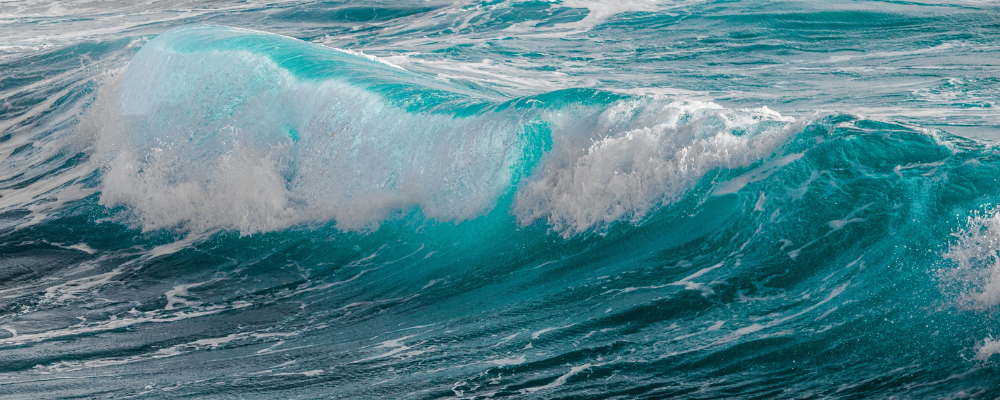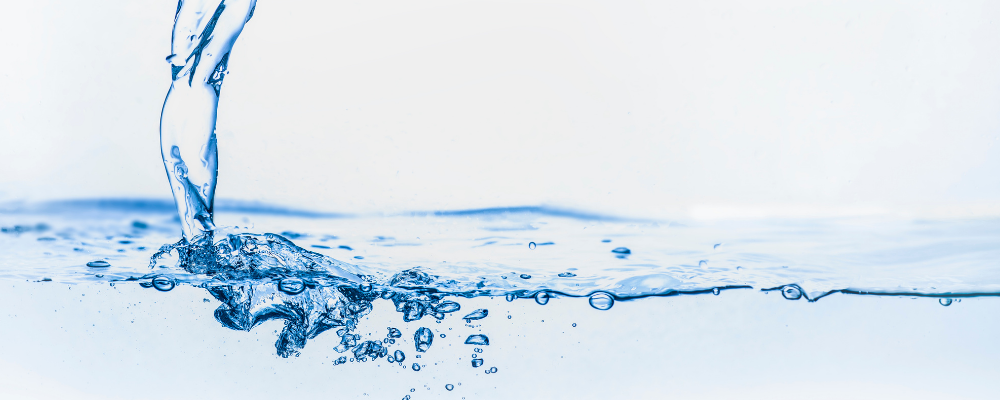Understanding Seawater Reverse Osmosis - Advancees Equipment & Services

Understanding Seawater Reverse Osmosis
With so much of the earth’s surface covered in water, how is it even possible that so many people and businesses around the world do not have access to the water they need? Of course, the answer is more simple than one may think. The vast majority of the water on the earth (over 95%) is found in oceans or seas. Therefore, only a very small percentage of water is freshwater. Because of the high salt content, the majority of the available water is simply not useful in its natural form.
The good news is that significant advancements in science and technology have been made that allow us to leverage the water of the oceans. Thus, Sea Water Reverse Osmosis (SWRO) is a process that desalinates water containing a high concentration of salt.
Because the increasing demand for fresh water is quickly decreasing the supply, this process is incredibly valuable.
Water from the ocean has a high salt content and also includes a host of chemical elements and dissolved solids including, but not limited to, potassium, limestone, and even sand. As a result, these components, in combination with the salt, make the water unfit for human consumption. Relying on it for hydration would be dangerous.
Easy Access to Oceans and Seas – Reverse Osmosis
Of course, this is incredibly unfortunate, as many of the areas of the world facing the largest water shortages have easy access to oceans and seas. Of course, by using reverse osmosis, the amount of salt in the water can be reduced to levels where it is safe to consume.
That said, because of the high salt content and other contaminants, using reverse osmosis can be difficult. Thankfully, this is a challenge that has been met. Initially developed in the 1970s, seawater reverse osmosis systems have been used. While the process requires specialized systems and materials, including high-pressure pumps, semi-permeable membranes, and pressure control valves, it is extremely cost-effective, efficient, and valuable.
Use Natural Resources
Countries around the world, including Israel and many in Africa, use this system to provide clean drinking water to those who otherwise would not have access. Of course, advances like this help us all. As a result, we are able to use energy effectively and take advantage of the natural resources to which we have the most access.




